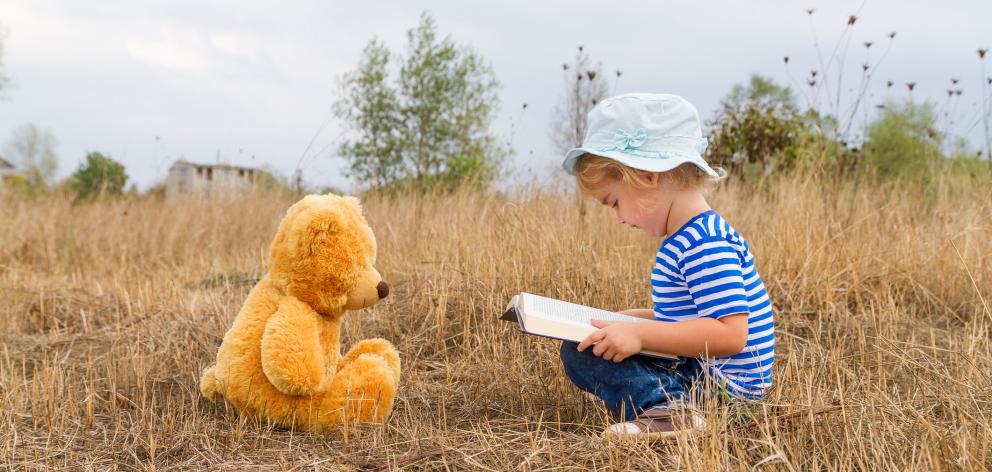
Imaginary friends: healthy or unhealthy? Opinion has varied but current thinking and research suggests that for most children it’s not an unhealthy thing.

In the distant past, imaginary friends might have been seen as either guardian angels or evil spirits, but today they are recognised for the role they can play in a child’s social development.
Most preschoolers will have had an imaginary friend at some time and most will have lost them by the ages of 5 to 7.
The friend will tend to be an invisible human, but can be an animal or a visible toy and there may be several changes of friend. It’s also not unusual for parents to be unaware that this friend exists.
Last year, a study from Melbourne’s La Trobe University found that youngsters with imaginary friends were more creative and socially advanced. They use more complex sentences and have wider vocabularies than others their age.
An imaginary friend gives them the opportunity to practice taking both sides of a conversation and, in doing so, they also "get inside the skin" of another person and learn to see things from the other’s point of view.
Those whose friend is a stuffed toy tend to have a parent-like relationship with their friend, while children with truly invisible friends tend to imagine an egalitarian relationship, more like a real friend.
Boys tend to invent male rather than female imaginary friends, while girls can have either.
They can be good confidants for those little things that children worry about or don’t understand and they can also help a child sort out right from wrong.
A naughty friend shows that a child has come to terms with the concepts of right and wrong even if it’s the friend getting all the blame. In a case like this, your youngster might need some advice on what now has to happen.
Generally, the best approach to take is a low-key one and certainly not to take over or add your own ideas to the story.
So don’t make a habit of setting a place at the table for the friend, which will reinforce the friend’s existence, but, equally, don’t say to your child "Stop being silly".
Avoid using the friend to make your youngster do something, for example, "Jane wouldn’t scream at me", or "Jane’s put away her things, why haven’t you?"
By remaining largely uninvolved and just listening to your child chatter on about their friend’s likes, dislikes, behaviours and appearance you can learn a lot about their own likes, dislikes, happiness and fears.
Finally, ensure they have real children to play with as well and, in time, the imaginary friend will just disappear.












